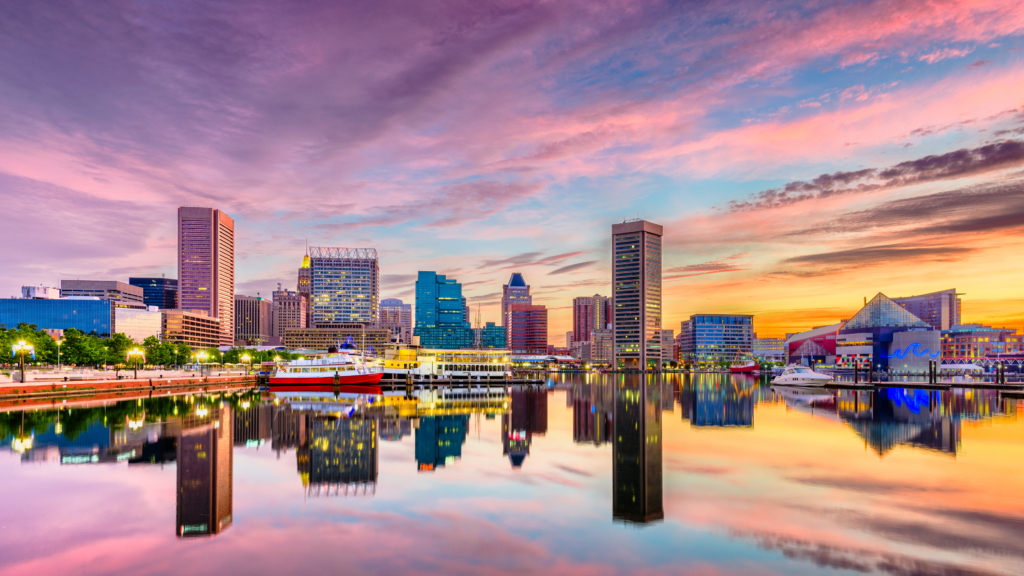As global supply chains face increasing disruption, U.S. ports are stepping up with strategic upgrades and expansions. The Port of Baltimore and the Port of West Sacramento are proving that even amid crisis, opportunity can emerge. Here’s how these two ports are reshaping freight logistics—and what that means for the future of U.S. trade.

Freight Opportunities Emerge from Disruption
The logistics landscape in the U.S. is undergoing a shift—and at the heart of that transformation are two ports on opposite coasts: Baltimore, Maryland, and West Sacramento, California.
In March 2024, the unexpected collapse of the Francis Scott Key Bridge in Baltimore halted a major artery of East Coast freight movement. With auto imports, general cargo, and container volumes disrupted, neighboring ports like New York/New Jersey and Norfolk saw a surge in redirected shipments. But what initially appeared to be a setback has also revealed opportunity.
Baltimore, already a critical cargo hub, is fast-tracking infrastructure upgrades to bounce back stronger. The $466 million Howard Street Tunnel expansion is set to unlock double-stack rail access to the Midwest, and recent federal support has helped fund modernization of terminals and equipment. Notably, the Port has focused on sustainability, with investments in electric cranes and low-emissions logistics systems that align with national green shipping goals.
This response reflects a new reality: ports must be not only efficient, but also resilient and future-ready.
West Sacramento’s Quiet Ascent
Meanwhile, on the West Coast, a smaller but strategically positioned port is preparing to make waves. The Port of West Sacramento, historically focused on bulk commodities like rice, cement, and fertilizer, is undergoing a transformation of its own. As part of the region’s broader economic development strategy, old facilities are being cleared for expanded storage, multimodal connections, and even EV charging infrastructure to support green logistics.
With California’s coastal ports frequently facing congestion and regulatory delays, West Sacramento’s inland location and accessibility make it a valuable alternative. Its role as a regional gateway—connecting Northern California’s agriculture and manufacturing to international trade lanes—is growing in importance.
The modernization of this inland port speaks to a broader trend: diversifying freight routes and reducing reliance on a few overloaded gateways.
A Blueprint for a More Flexible Supply Chain
Both Baltimore and West Sacramento represent a forward-looking vision of how U.S. ports can evolve. While their scale differs, the strategic goals align: infrastructure investment, technological innovation, and logistics resilience.
As global trade adapts to shifting geopolitical and environmental pressures, ports like these are poised to capture new freight opportunities and reduce bottlenecks. Whether it’s rerouting cargo from crisis-hit zones or serving as reliable inland distribution points, these facilities are helping reshape the freight map of America.
For shippers, logistics providers, and investors, the message is clear: the future of freight is not only about size—it’s about flexibility, sustainability, and adaptability.
Sources:
